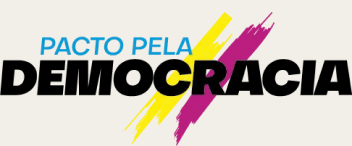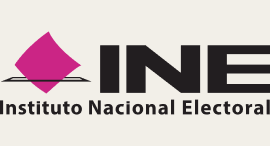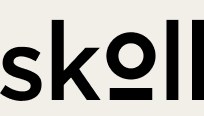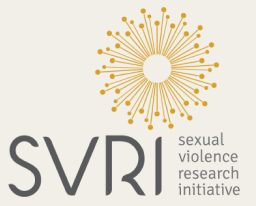Bias around gender, race, sexual orientation or other characteristics can impact the topics journalists cover and the stories they report. Bias can limit fresh perspectives and can lead to underrepresentation of marginalized groups in the news. It can perpetuate stereotypes and reinforce existing power structures.
Implicit bias in the newsroom affects decisions on what topics to cover, which people to give an audience to, and which voices are chosen to be amplified, but also is reflected on the reporting where for example a journalist's political preferences may manifest in the story.
During a recent Twitter Spaces conversation with Catherine Gicheru, founder of the Africa Women Journalism Project and veteran investigative editor and digital strategist, the topic of the impact of bias in the newsroom as well as ways to combat it was addressed.
“It essentially comes down to what is reflected in our society”, says Catherine, “which manifests in the assignments given and determining who is going to cover an event, for example women not being assigned to cover political, business or sports stories.” It also manifests in women not being quoted as experts in particular subjects or only asked gender stereotypical questions, where a woman politician will be asked about her family commitments while her male counterparts won’t be.
Here are the main takeaways.
How newsrooms can ensure that marginalized communities are accurately and fairly represented in their coverage
As the media has an important role in shaping public opinion, it is essential to identify and address bias in reporting and coverage choices because it is difficult to undo the harm once it crosses over to the news consumer.
The harm that bias causes may not be immediately obvious, but it leads to the establishment of stereotypes that alter how some issues are perceived. Bias against sexual minorities, for example, may lead to denial of key services such as healthcare and protection from abuse. The framing of these issues in the media in Kenya, for example, further entrenches societal bias any time an issue is presented through a moral lens rather than focusing on the issue at hand.
Bias leads to erasure, where essential voices may be left out of media coverage. In the case of the media, Catherine identified that bias resulting from the exclusion of women from the newsroom has led to harmful assumptions about their needs and the minimization of their contribution to society. This perpetuates harms caused by historical perceptions and ultimately takes away their agency.
To address this, newsrooms need to be more inclusive and take measures such as ensuring that no stories are told without considering and including the voices of those being reported on.
The role that technology and automation can play in addressing implicit bias in newsrooms
Artificial intelligence has emerged as a gamechanger for journalists, with new tools that can automate processes such as data analysis and content creation. However, these tools and their underlying technologies may not reflect the perspectives of people in the Global South because of limitations in the data used to train them. These gaps can create and entrench biases that may not be visible to the makers of these tools, therefore it is essential for journalists to understand this before using them at scale.
By understanding the limitations of these technologies and exploring the data used to train the data and underlying models, journalists can raise awareness of bias and tell stories that educate other individual users on how to recognize and address their own biases. Using data, AWJP hopes to identify where the gaps exist that are contributing to the misrepresentation of issues, and they are working to address this through storytelling from different perspectives.
Steps journalists can take to actively combat their own implicit biases when reporting and writing stories
Anti-bias training goes beyond the identification of bias and responding to it, and it involves resetting entire narratives and self reflection on the part of those telling the story. As Catherine explained, this includes looking at the people being quoted, what informs the editorial direction that a story will take, and how diverse the sources in the story are.
Ultimately, the key to addressing bias is introspection and self awareness. The bias may be from a lack of knowledge, and this gap may not be immediately obvious. In other instances, the bias may be built on flawed information, meaning that the individual will need to unlearn it.
We collaborated with 53 partner organizations worldwide to design and carry out our 2024 elections projects. We extend special gratitude to our lead partners in Brazil, Mexico and Pakistan, whose work we highlight in this essay.



The 2024 elections projects featured in here would not have been possible without the generous support of these funders.












